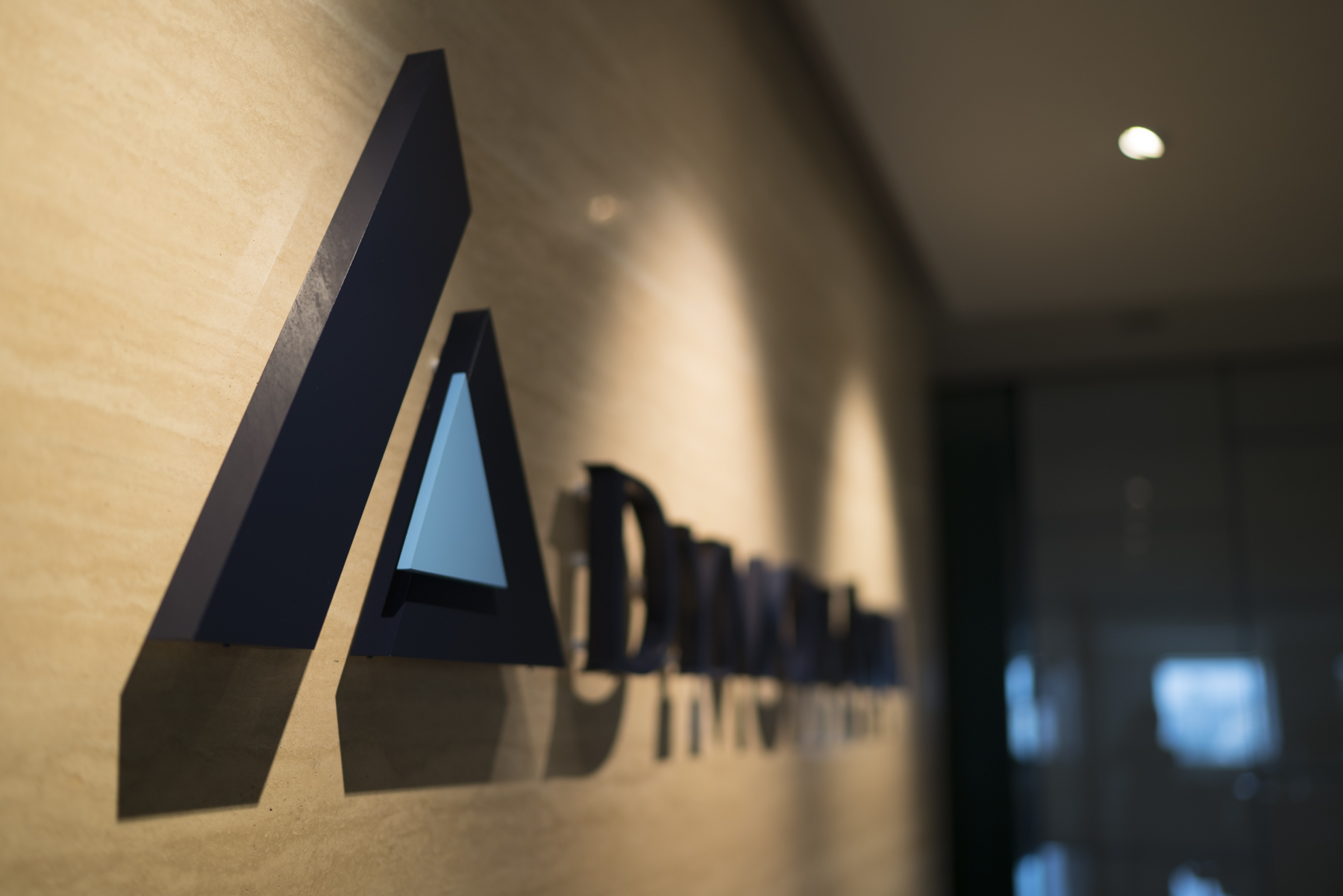
Fund focus: Dymon Asia completes quickfire fundraise
12/10/2022
Careful – and protracted – cultivation of prospective LPs and relatively strong performance for Southeast Asia helped Dymon Asia Private Equity secure USD 650m for its third fund
Dymon Asia Private Equity’s (DAPE) third fundraise took just over five months, from data room opening to final close. Chow Yin Tan (pictured), one of the firm’s three managing partners, contends that familiarity helps LPs overcome many of the classic reservations – around performance and regional relevance – that restrain them from backing Southeast Asia- focused managers.
“Some high-level indicators make them uncomfortable, which leads to questions about Southeast Asia’s DPI [distributions to paid-in] and loss ratio. We’ve always had to address those,” he said.
“This time around, because we’ve been engaging with these investors for several years, discussions were much more granular: What are you doing with this company? How have you maximised returns on investments that have done well? What have you done to help companies that underperformed because of the pandemic? It has evolved from the macro to become much more DAPE-specific.”
The firm closed its previous fund on USD 450m in 2018. Existing LPs were willing to re-up to the same amount, which left DAPE with USD 100m in additional capacity. Demand far exceeded this sum and the fund duly closed at the hard cap of USD 650m. Most of the commitments were wrapped up within three months; DAPE extended the process to September to accommodate a few key LPs.
While much of the capital for Funds I and II was raised out of Asia, European and North American investors are a more significant presence in Fund III. According to Tan, efforts to cultivate these LPs began when raising Fund II in 2017 – even though some couldn’t participate because of minimum cheque size constraints – and continued through the pandemic.
“There were face-to-face meetings prior to COVID and then we switched to Zoom. Investors are interested in the region, so it wasn’t hard to get meetings over Zoom. It requires some discipline in terms of keeping them updated on what we are doing, how the portfolio is shaping up, and how soon we are coming back for Fund III,” he said. “There must be constant messaging.”
The new fund is the 13th largest ever raised with a wholly or primarily Southeast Asian remit, AVCJ Research’s recordsbshow. Only about 25 have surpassed USD 500m, which underlines the challenges of raising capital for a sub-regional strategy – for private equity managers, at least.
Between 2017 and 2021, LPs committed an annual average of USD 6bn to Southeast Asia funds, the same as the five years before that. However, the buyout and growth equity share fell from USD 3.1bn in 2012-2016 to USD 2.5bn in 2017- 2021, while venture capital rose from USD 590m to USD 2.1bn.
Positioning for growth
Asked why DAPE has succeeded in raising more capital despite a challenging market, Tan points to a superior DPI and a lower loss ratio than most peers in the region. This, he adds, is the product of concentrating on bilaterally negotiated deals, which allows time to understand the motivations of teams the firm is backs, and a tight geographic focus.
The Fund II portfolio – the vehicle is not yet fully deployed – currently represents a 60-40 split between Singapore and Malaysia. Thailand, home to DAPE’s third office, is also a target, and the firm is looking at Indonesia and Vietnam. Tan is reasonably bullish on Thailand, drawing comparisons with Singapore in terms of median age and consequent availability of succession planning deals.
“We focus on areas where we have people on the ground, longstanding relationships, can do reference checks, and understand macro concerns and operational challenges. Southeast Asia is not a homogenous market; it’s fragmented, and we must stick to what we know best,” he added.
There are currently 20 investment professionals, up from 12 at the launch of Fund II, and more local talent is likely to be brought in as DAPE establishes a greater presence in Thailand. Beyond the investment team, the firm has also been augmenting its supporting functions, including hiring a dedicated resource for environment, social, and governance (ESG) at the portfolio company level.
There are three key investment themes: shifting consumer behaviour, which encompasses proxies to rising middle incomes such as education as well as consumer product and services; manufacturing and engineering, specifically companies that are advantaged being in Southeast Asia; and technology adoption, where previous deals have involved turning traditional vending machines cashless.
Across these themes, DAPE has three typical deal types: carve-outs and management buyouts, pre-IPO growth investments, and privatisations. Acquired targets this year include healthcare specialist Singapore O&G and shipping industry equipment supplier RAM Spreaders, a take-private and a carve-out, respectively. A take-private of property developer Hwa Hong Corporation is in process.
Tan cautions that global economic volatility would hit two themes hard, with consumers potentially dialling back discretionary spending and export-oriented manufacturers possibly facing reduced orders amid rising costs and slowing growth. “There could be opportunities on the buy side, but that requires us to understand investment risks,” he said. “It’s hard to underwrite to a specific outcome.”
DAPE made 12 investments from Fund I and has completed seven exits. Hospital management business UEMS was arguably the standout, generating a 6.9x return in less than three years. Meanwhile, there has been one full exit and two partial exits from the 14-strong Fund II portfolio, including an MYR 1bn (USD 238m) IPO for Malaysian dairy producer Farm Fresh.
UEMS was sold ahead of the Fund II launch and the more recent exits were made in advance of Fund III. “It was extremely important,” Tan said, referring to the impact of the UEMS exit on subsequent fundraising. “LPs don’t just want to see a high IRR, but also DPI.”
To read the full article , please click here
Source: www.avcj.com ©Permission required for reproduction.
